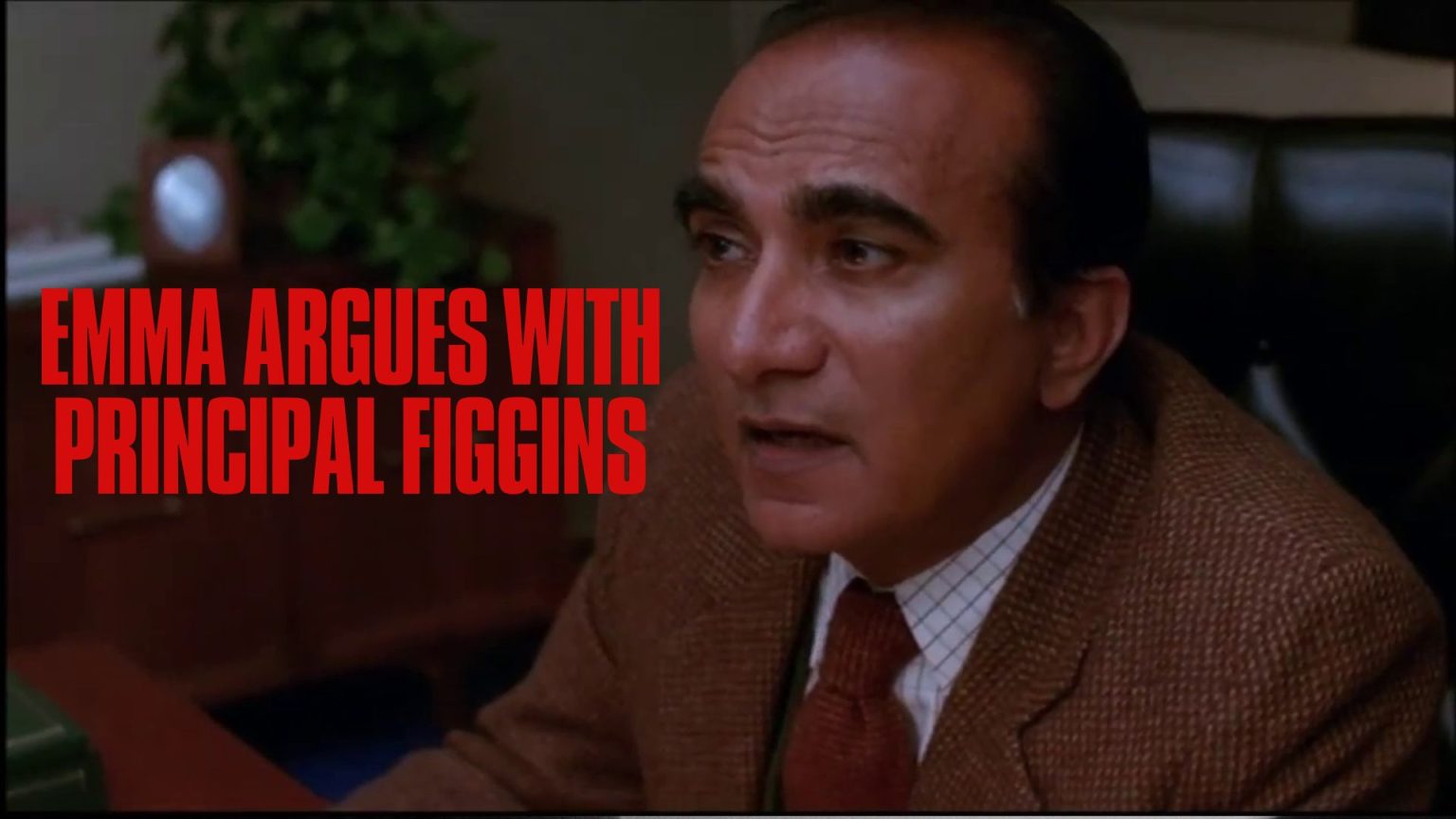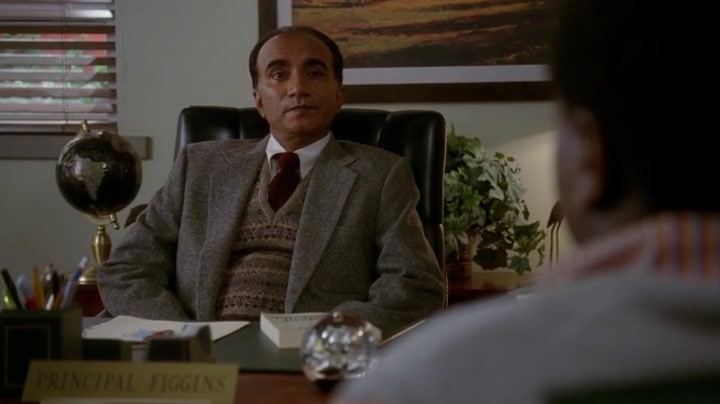Introduction:
Emma Argues with Principal Figgins: A Clash of Perspectives in Education In the hallowed halls of Jefferson High School, tensions rose to unprecedented levels as Emma Mitchell, a passionate and outspoken senior, found herself at odds with the school’s principal, Mr. Theodore Figgins. The clash between Emma and Principal Figgins highlighted a broader debate about the role of students in decision-making processes within educational institutions. This article delves into the incident, exploring the perspectives of both parties involved and the implications for student autonomy in the modern education system.

The Setting:
It was a crisp Monday morning when the confrontation unfolded. Emma, a well-regarded student known for her activism and leadership, had recently discovered a series of discrepancies in the school’s allocation of funds for extracurricular activities. Eager to address what she perceived as an injustice, she requested a meeting with Principal Figgins to discuss the matter.
The Discrepancies:
Emma’s concerns centered around the unequal distribution of funds among various student clubs and organizations. She had meticulously gathered data, highlighting instances where certain groups received preferential treatment while others were left struggling for resources. Armed with charts and graphs, Emma entered Principal Figgins’ office prepared for a constructive dialogue.
The Clash:
However, what transpired in that office was anything but a calm discussion. Emma, fueled by her passion for justice, argued vehemently for a more transparent and equitable allocation of funds. Principal Figgins, a seasoned educator with a commitment to maintaining order and stability, was taken aback by the audacity of a student challenging the established protocols.
must read=the correct spelling is school not school. some pe – tymoff
Emma’s Points:
Emma’s argument was twofold. Firstly, she emphasized the importance of fostering an inclusive environment where every student felt valued and supported. She believed that fair distribution of funds would encourage greater participation in extracurricular activities, contributing to a more vibrant school community. Secondly, she underscored the educational value of these activities, asserting that they played a crucial role in shaping well-rounded individuals.

Principal Figgins’ Perspective:
On the other side of the desk, Principal Figgins defended the existing system as one rooted in experience and pragmatism. He argued that decisions regarding fund allocation were made with the school’s best interests in mind, considering factors such as the popularity and historical significance of certain clubs. He stressed the need for stability and order, fearing that radical changes could disrupt the delicate balance maintained within the school community.
The Implications:
Beyond the specific issue of fund allocation, Emma’s clash with Principal Figgins brought to light broader questions about student autonomy and participation in the decision-making process. In an era where students are increasingly vocal about their rights and expectations, clashes like these force educators and administrators to reconsider the traditional power dynamics within schools.
Student Autonomy in Education:
The incident at Jefferson High School prompts a reflection on the evolving role of students in shaping their educational experiences. Advocates for student autonomy argue that involving students in decision-making processes not only instills a sense of responsibility but also empowers them to take ownership of their education. This, they argue, fosters critical thinking skills and prepares students for the complexities of the real world.

Balancing Act:
However, critics argue that too much autonomy could lead to chaos and undermine the authority of educators. Striking the right balance between providing students with a voice and maintaining a structured learning environment is a challenge that educational institutions worldwide grapple with. The clash between Emma and Principal Figgins serves as a microcosm of this ongoing struggle.
Moving Forward:
As the echoes of the clash reverberate through the hallways of Jefferson High School, both Emma and Principal Figgins must find common ground for the betterment of the student body. Perhaps, in the aftermath of this confrontation, there lies an opportunity for a more collaborative approach to decision-making—one that values the perspectives of both students and educators.
Conclusion:
The clash between Emma and Principal Figgins at Jefferson High School serves as a catalyst for a broader conversation about student autonomy and the role of students in decision-making processes within educational institutions. While the incident was marked by tension and disagreement, it also presents an opportunity for positive change and a more inclusive approach to shaping the educational experience for all students. As schools grapple with these challenges, the clash at Jefferson High School becomes a case study for finding the delicate balance between maintaining order and empowering students to shape their own educational destinies.


